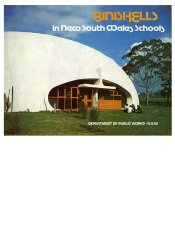Mustafa Umut Sarac
Member
Holographically correction is widely use to cancel of aberrations of primary mirror of space telescopes. There is even correction of aberration of flowing hot cold layers of air of atmosphere where the telescope looks through.
Its not an new process and looks basic.
You send a laser beam to the mirror , mirror focus it on to film which is enlighted with other laser also. Two laser beams form an hologram. You develop this hologram , put to the path of light and voila , other image will be free from all aberrations.
With mass productibility of holograms could make it use at all of our cameras.
I am thinking to buy fluro film , strech to the frame ,put acrlic on it , inflate from the bottom and form a male mirror and produce
5 foot wide primary mirrors. Problem is the streching of the polymers but if you built a huge telescope , you know how to figure it out to holographically correct.
My interest is to put one of this in to any pinhole camera may be I thought it would be possible for others also.
Lets put it for 4x5.
Send a beam from front of camera to the lens and send other one to the back of 4x5 film at holder. Develop your film and your hologram is ready. Next time , put a film back of hologram and all aberrations is gone.
My question , how to cover entire film with these two tiny lasers ?
And what might be the distance of first laser to lens ?
Umut
Its not an new process and looks basic.
You send a laser beam to the mirror , mirror focus it on to film which is enlighted with other laser also. Two laser beams form an hologram. You develop this hologram , put to the path of light and voila , other image will be free from all aberrations.
With mass productibility of holograms could make it use at all of our cameras.
I am thinking to buy fluro film , strech to the frame ,put acrlic on it , inflate from the bottom and form a male mirror and produce
5 foot wide primary mirrors. Problem is the streching of the polymers but if you built a huge telescope , you know how to figure it out to holographically correct.
My interest is to put one of this in to any pinhole camera may be I thought it would be possible for others also.
Lets put it for 4x5.
Send a beam from front of camera to the lens and send other one to the back of 4x5 film at holder. Develop your film and your hologram is ready. Next time , put a film back of hologram and all aberrations is gone.
My question , how to cover entire film with these two tiny lasers ?
And what might be the distance of first laser to lens ?
Umut




